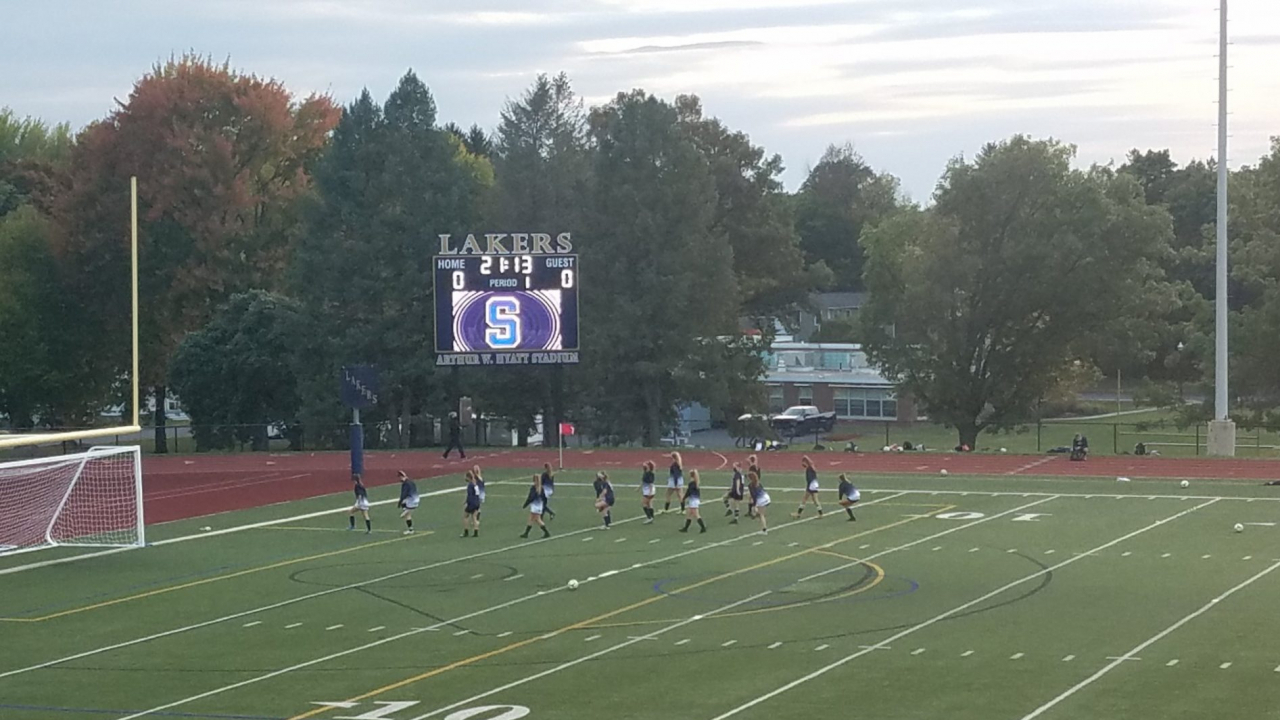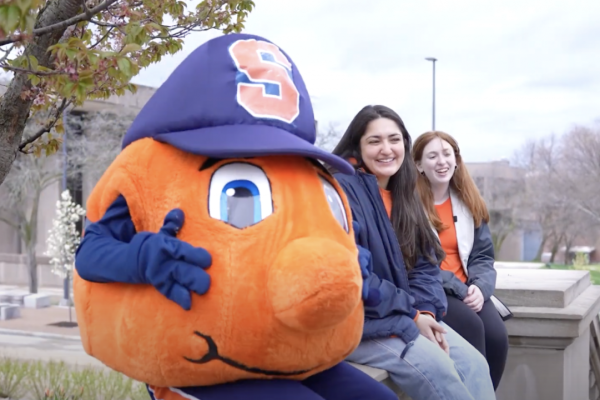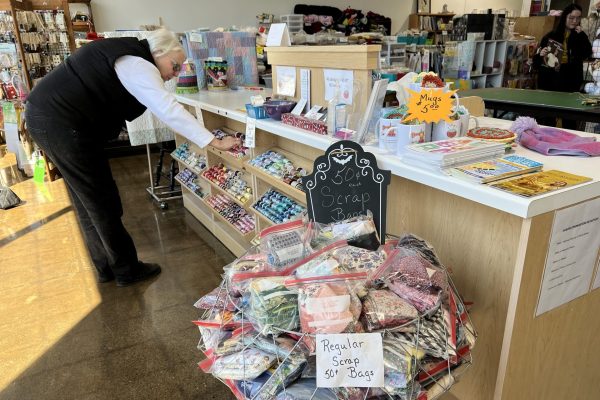
SYRACUSE, N.Y. (NCC News) – Skaneateles High School implemented safety protocols this year to keep athletes safe during the COVID-19 pandemic.
Stephen Musso, Director of Student Wellness, Activities and Athletics at Skaneateles, has been a driving force.
“Since we’ve gotten the guidance, I’ve probably been working 10-12 hour days, six days a week putting this together,” said Musso, referring to the COVID-19 guidance passed down from national and state government, as well as league officials.
Musso said Skaneateles has focused on three main categories of safety protocols: face masks and social distancing, sanitization and spectator control.
When it came to enforcing mask wearing, he said decisions didn’t come automatically. He said it isn’t easy to enforce a mask mandate for activities that require high levels of physical exertion, like soccer. Musso and his colleagues see mask breaks as one solution.
“If play is at one end of a field, and I’m at the other end, I can take my mask off and get a little bit of a break,” said Musso, taking the viewpoint of a soccer player. “But as soon as the action comes towards me, I put my mask back on.”
On the sidelines, social distancing is the name of the game. Skaneateles has removed benches and other potential gathering spots from their athletic facilities to further encourage players and coaches to maintain distances of at least six feet apart.
“Our coaches put dots down in the grass that are spaced six feet apart so that when the kids are on the sidelines or at practice, they go to their dot, or they go to their little area or bubble,” Musso said.
Skaneateles has eliminated many shared items, such as watercoolers, and the items that must be shared (like game balls) are now subject to heavy sanitization procedures.
At soccer games, game balls are sanitized not only before and after the match, but during it as well.
“Our ball person will have two or three balls,” Musso said. “When the ball goes out, they’ll rotate in a clean ball, they’ll go and retrieve what we’ll call the ‘dirty ball.” He said the dirty ball is then sanitized before eventually being cycled back into play.
Musso said he struggled most with creating and enforcing new spectator regulations.
Guidance from the New York State Department of Health permits no more than two spectators per athlete at any sporting event this season.
“We’ve now created passes, per team, per level that has the kid’s name on it,” Musso said, describing the plan that Skaneateles employed to handle the DOH regulations. “We’ve issued two passes to the participant, and they can give them out to the two people that they want to. It can be anybody, but it’s only two per participant. No pass, no entry.”
Musso said turning away students’ friends and family members can be “heart-wrenching.”
Musso said one thing that has helped him is the knowledge that he’s not working alone. Skaneateles teamed up with the rest of the schools that compete in the same league, Section III, to make sure that every school would adhere to the same safety measures.
“We’re basically all doing the same thing,” he said. “So you don’t really deal with an opposing team saying, ‘Hey, our school’s not doing it that way,’ because they’re school is doing it that way.”




